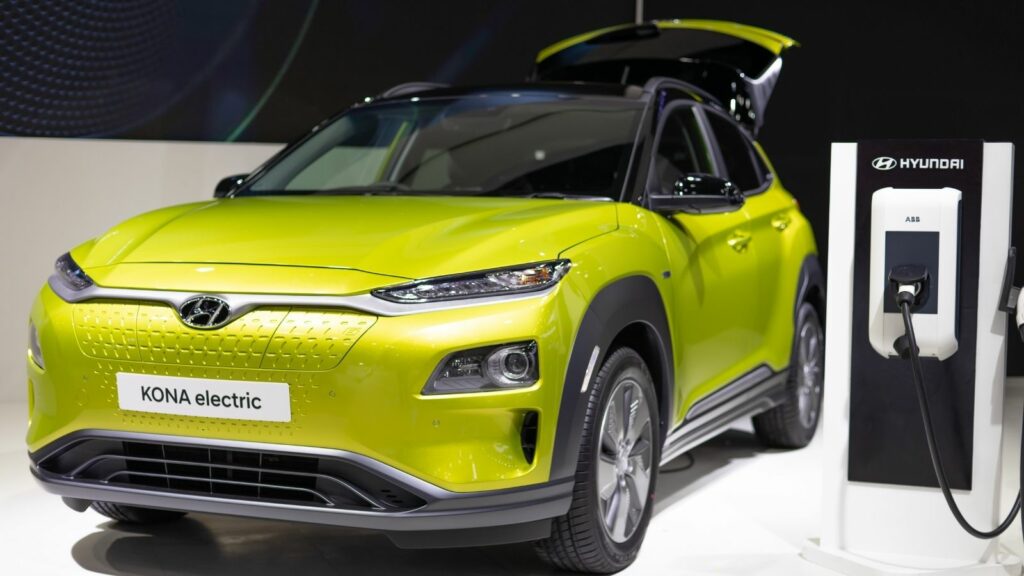From hidden maintenance costs to dismal winter performance, some vehicles that once seemed like the perfect deal have proven anything but. In a market where every dollar matters, some cars are earning a new reputation for disappointment. Whether it’s reliability issues, lackluster resale value, or features that don’t hold up to Canada’s climate, these vehicles are fast becoming cautionary tales. Here are 25 cars that seemed like a good deal, until Canadians started driving them:
Nissan Kicks
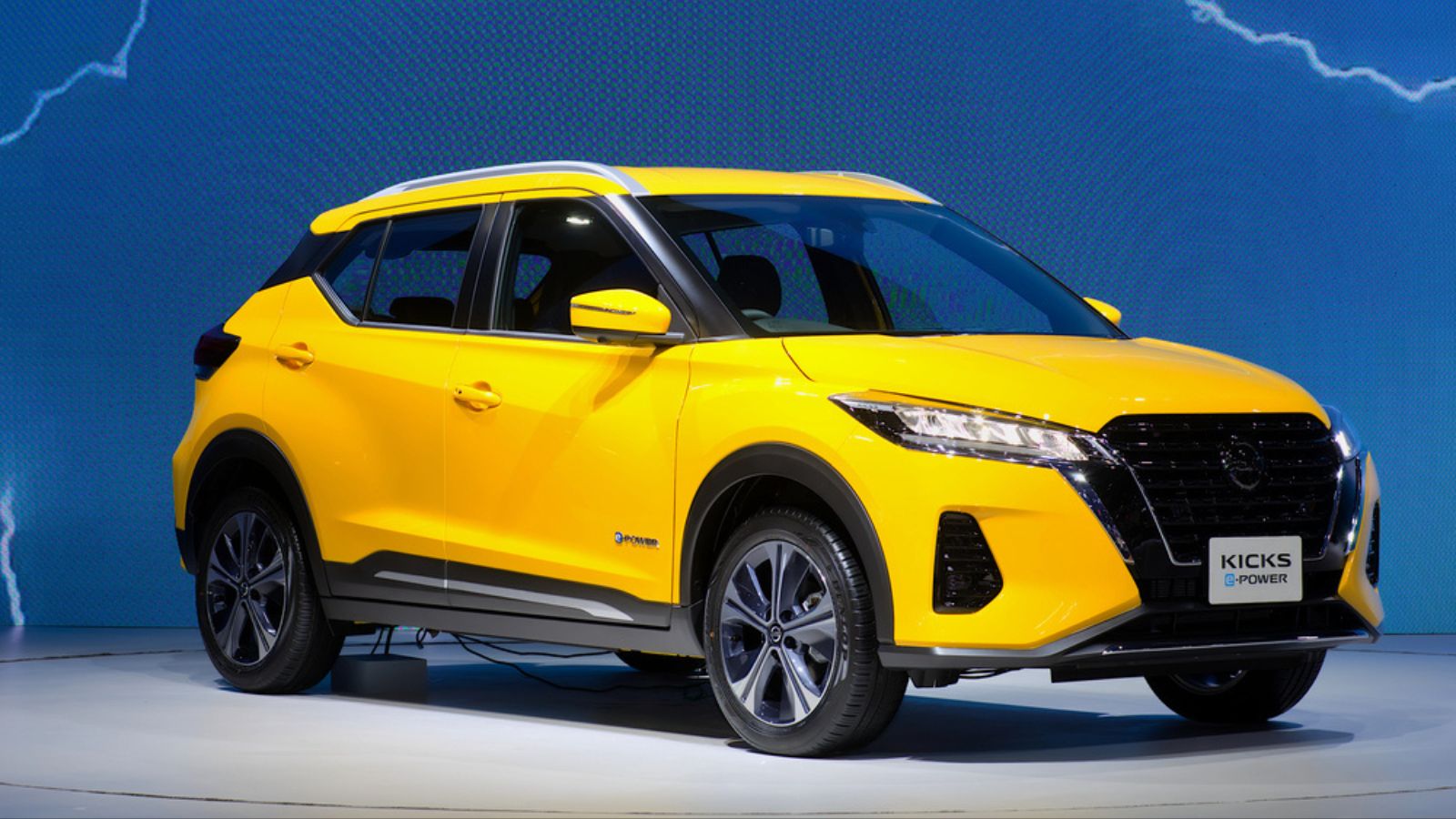
It was the perfect budget crossover of being compact, fuel-efficient, and surprisingly spacious. But after a few winters, Canadian drivers are realizing the Kicks doesn’t live up to its hype. With no all-wheel-drive option and a sluggish 1.6L engine producing just 122 hp, it struggles in snow and icy conditions. Its lack of cabin insulation also means road noise becomes unbearable on highways. Resale values have dropped, and many owners are regretting what once looked like an affordable urban vehicle.
Chevrolet Spark
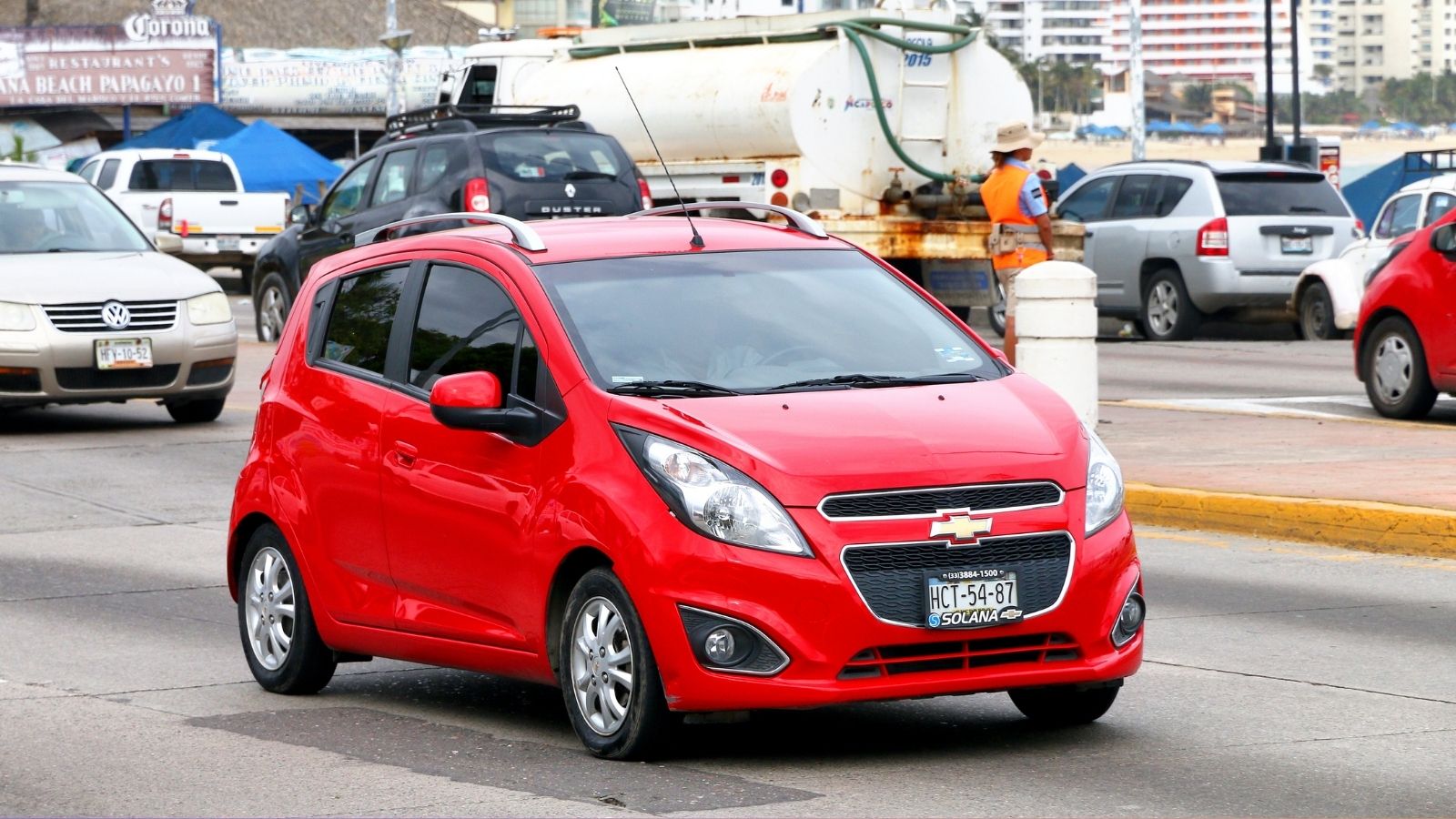
The Spark’s ultra-low sticker price turned heads, but it hasn’t aged well with Canadian drivers. Its tiny 98-hp engine feels overwhelmed on highways, and the lack of space makes it impractical for families. More importantly, it is not built for Canadian winters, as traction is poor, the heater is underpowered, and ground clearance is laughably low. While it is fine for mild city commutes, it is a poor choice in snowbelt regions. Add in the rapidly declining resale value and discontinuation by GM, and the Spark has become a sour deal for many Canadians who thought they were saving a significant amount upfront.
Mitsubishi Mirage
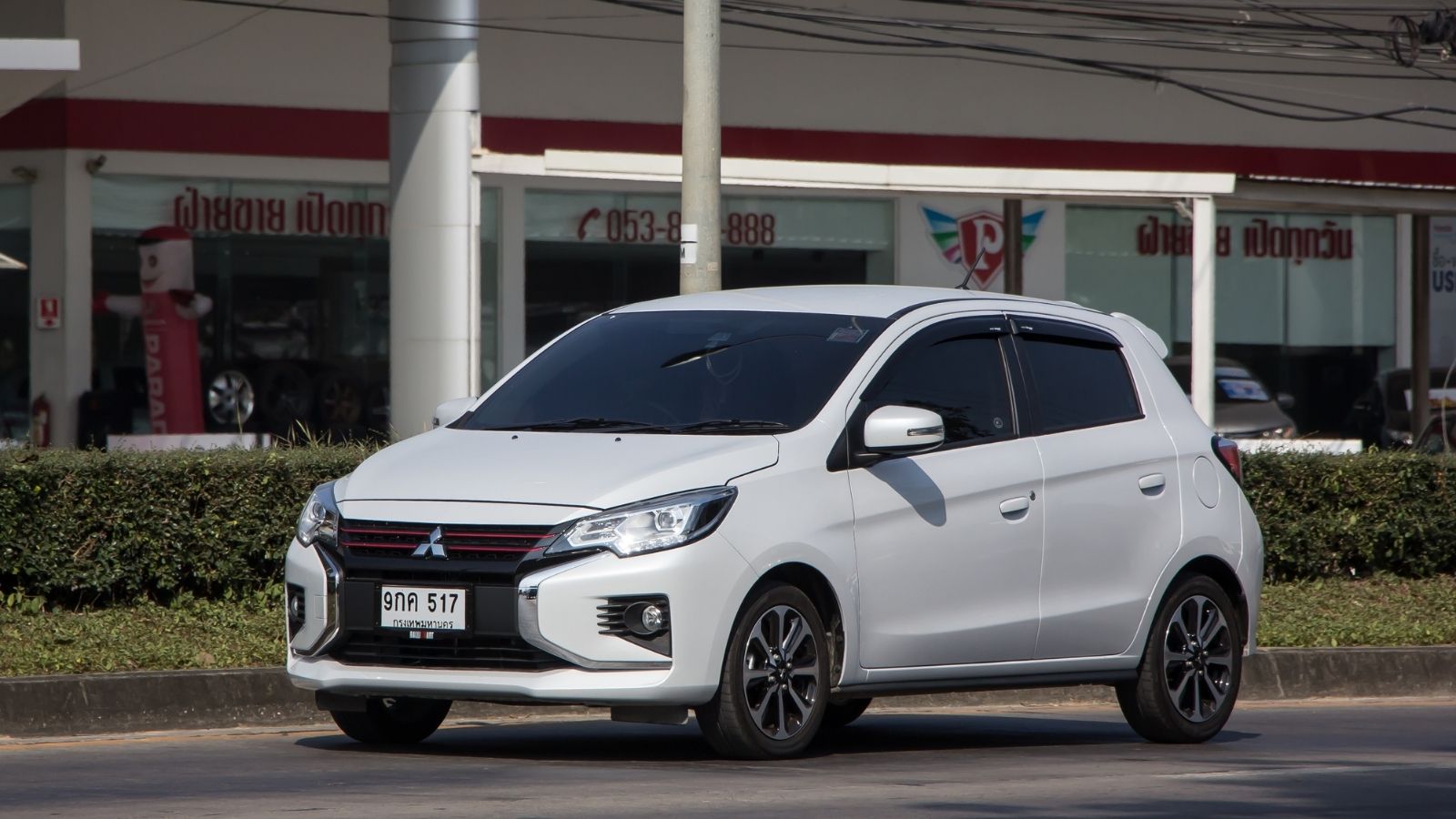
With one of the lowest MSRPs in Canada, the Mirage tempted many budget-conscious buyers, but few are still smiling. The 1.2L 3-cylinder engine is underpowered, delivering just 78 hp, and its noisy CVT transmission makes every drive feel strained. Build quality issues have arisen, particularly in areas such as rust protection and cabin wear. On long trips or in subzero conditions, the Mirage feels out of its league. Combine that with poor resale and minimal crash safety scores, and this once-attractive bargain often becomes a liability for Canadian households.
Jeep Compass
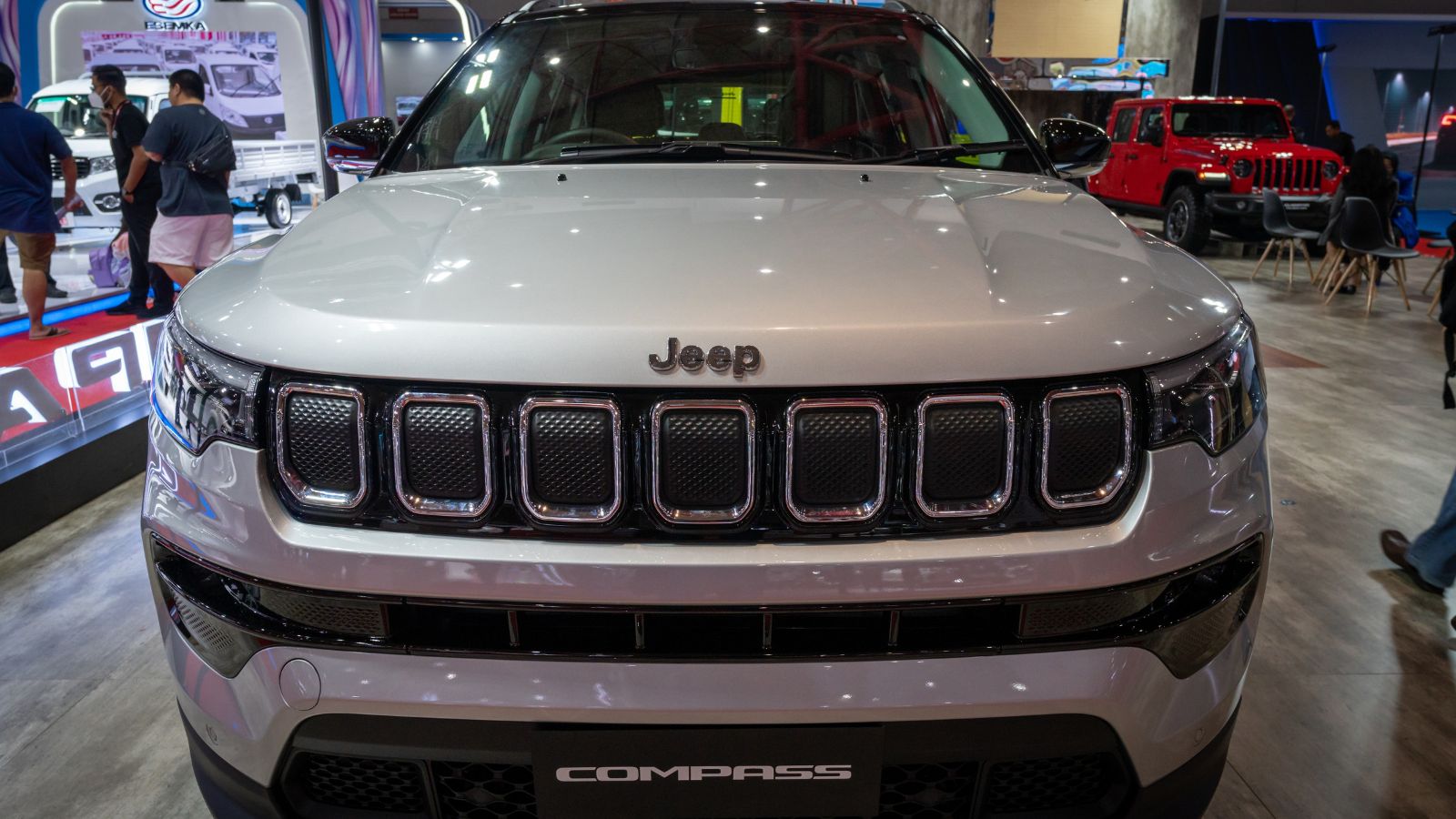
The Jeep Compass carries the prestige of the brand, but its performance has left Canadians disappointed, especially at the price point. Despite AWD availability, it lacks true off-road capability, and the 2.4L Tigershark engine has been plagued by issues related to oil consumption. Cold starts in Canadian winters haven’t been smooth, reliability rankings have tumbled year over year, and many Compass buyers report feeling misled by the SUV branding when what they got was more of a dressed-up sedan in disguise. It may look rugged, but the Compass fails to deliver according to Canadian drivers.
Ford EcoSport
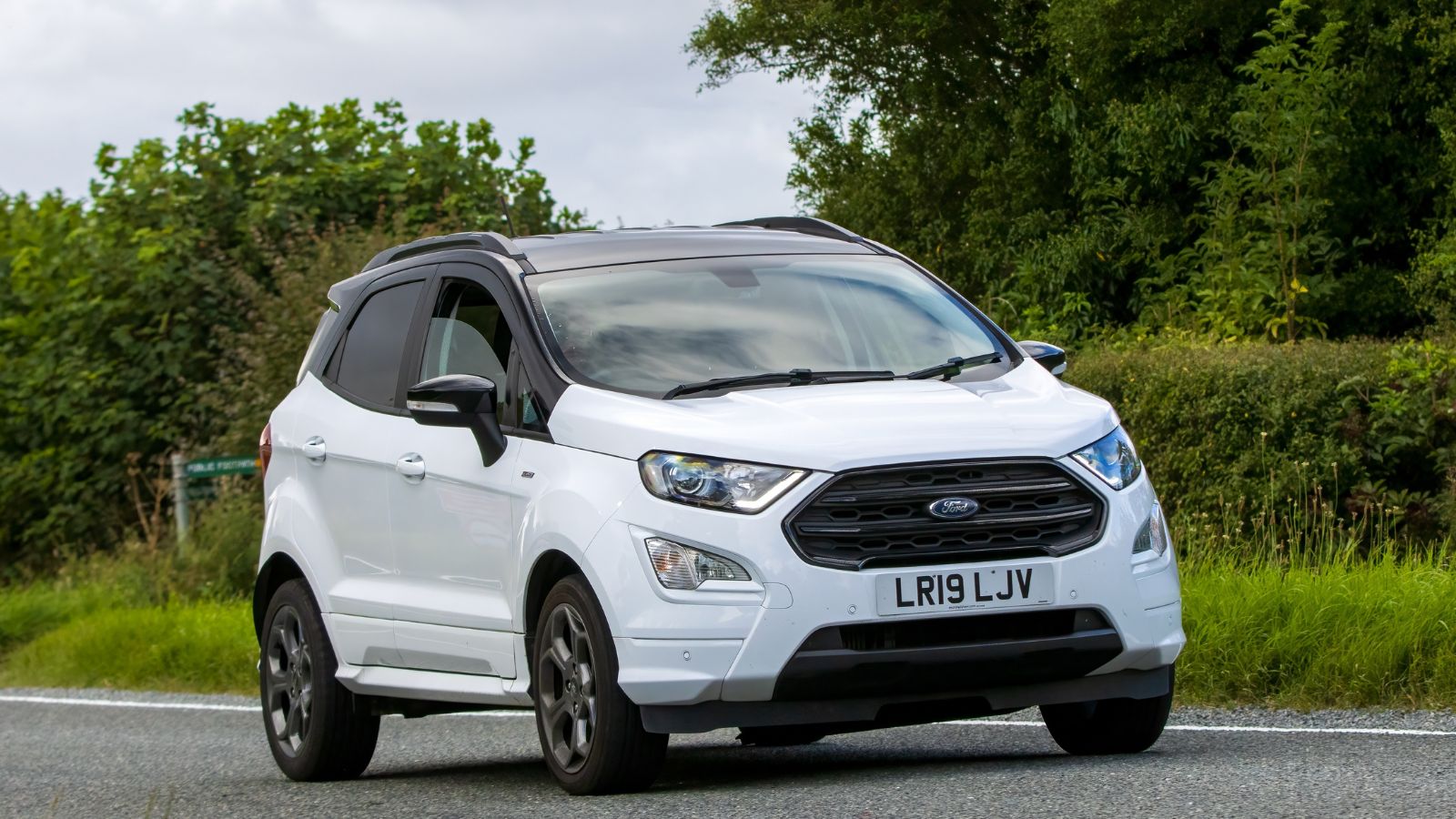
The EcoSport arrived in Canada with promises of practicality and a low entry price, but few buyers would now call it a success. Its tiny footprint does not translate into fuel savings as the real-world economy hovers disappointingly around 10L/100km. The rear-swinging tailgate frustrates owners in tight urban parking spots, and the vehicle’s tall, narrow stance makes it feel unstable in strong crosswinds or on icy roads. Despite offering AWD options, the EcoSport does not inspire confidence in harsh weather conditions. Although Ford has discontinued it, it is one of those vehicles many Canadians wish they’d skipped altogether.
Hyundai Venue
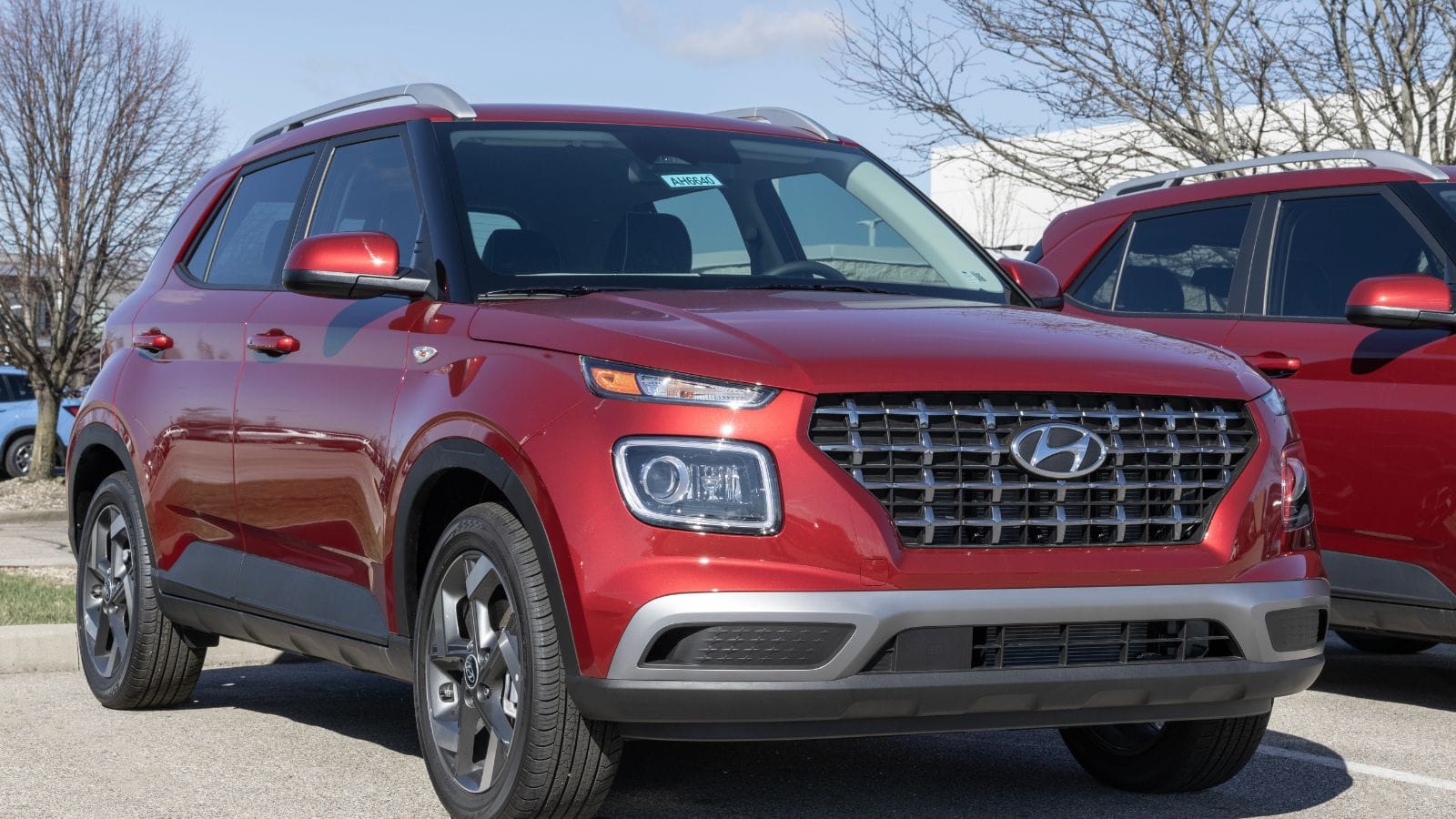
At first glance, the Hyundai Venue appeared to be a steal, with its compact and stylish design, and loaded with tech-savvy interiors. But after a few seasons, Canadian drivers have found its limitations glaring, as its 121-hp engine leaves it breathless on hills and highways, and the lack of AWD has made winter driving a white-knuckle experience. Road noise and thin cabin materials also take a toll on drivers over long commutes. Although it offered big value upfront, resale values have dipped, and buyers in colder provinces now find the Venue more frustrating than functional.
Toyota C-HR
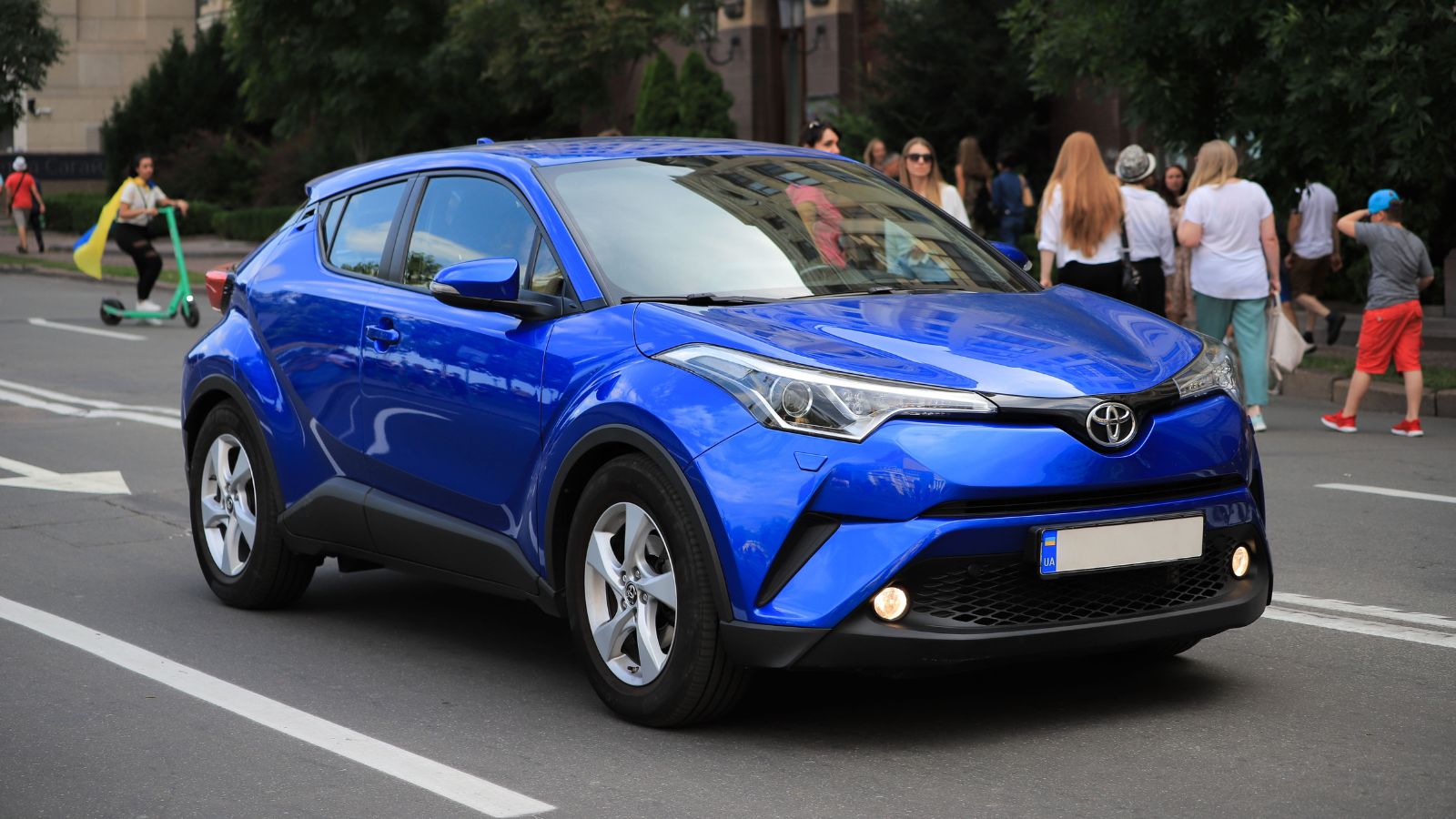
The Toyota badge typically signifies dependability, but the C-HR has disappointed many Canadians who expected a solid subcompact SUV. With no all-wheel-drive option and a cramped rear seat, it has been a poor fit for growing families and winter commuters. Its underpowered 2.0L engine delivers sluggish acceleration, especially when merging or passing, while owners also complain about visibility issues due to its thick rear pillars and quirky design. While it scores high in reliability, its practicality for Canadian lifestyles leaves much to be desired, leading many drivers to question their purchase decision.
Chevrolet Malibu
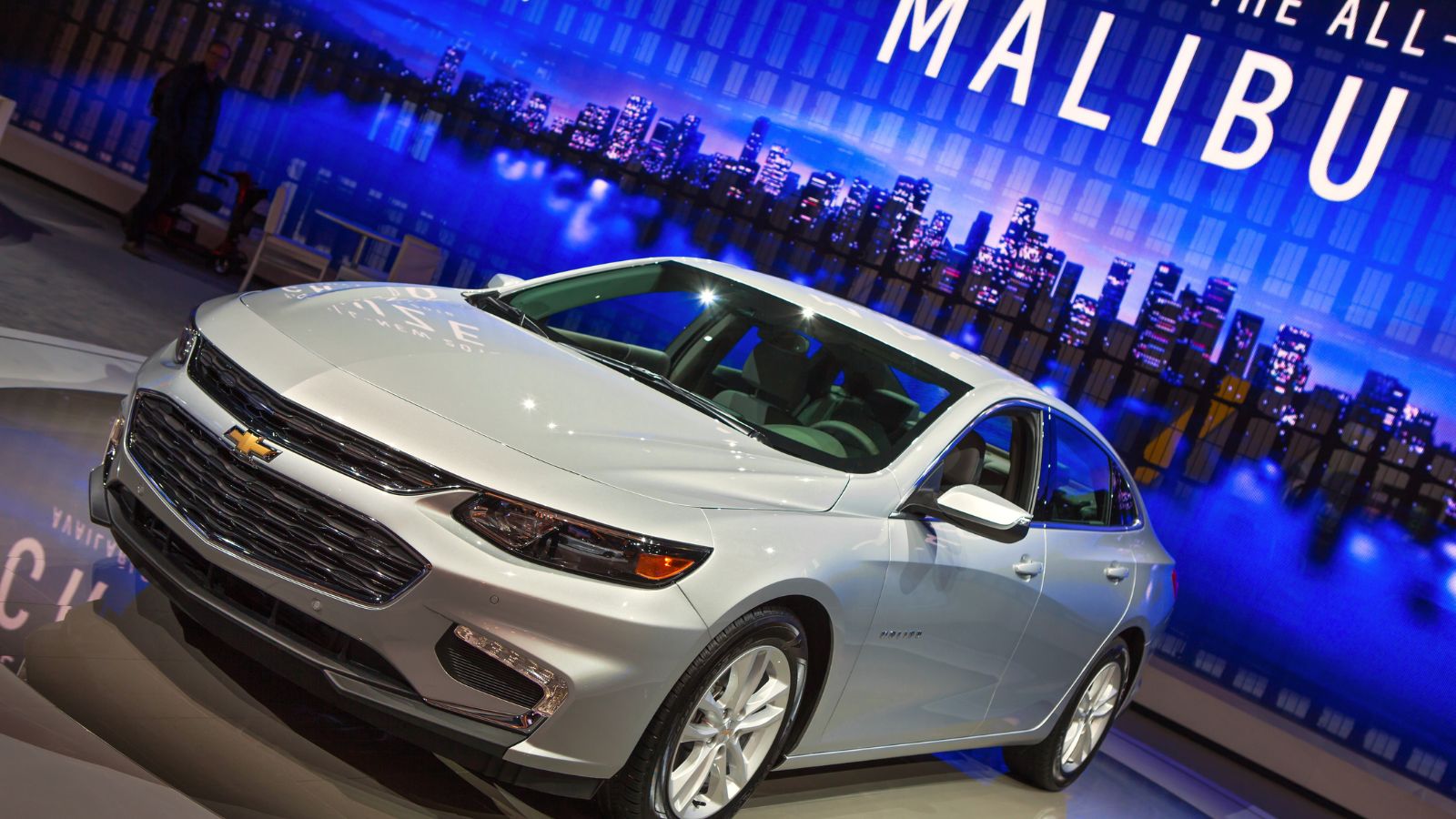
Once seen as a solid mid-size sedan with deep dealer discounts, the Chevrolet Malibu has not aged well in Canada’s evolving market. Despite a roomy interior and decent fuel economy, the Malibu lacks the AWD capabilities many Canadians now expect. Its resale value has plummeted amid rumors of discontinuation, and the infotainment tech lags behind that of competitors. Additionally, its cold-weather performance is middling, and parts availability has become a headache for owners. What once seemed like a smart purchase is increasingly viewed as a stranded investment by those trying to keep up with modern driving demands.
Dodge Journey
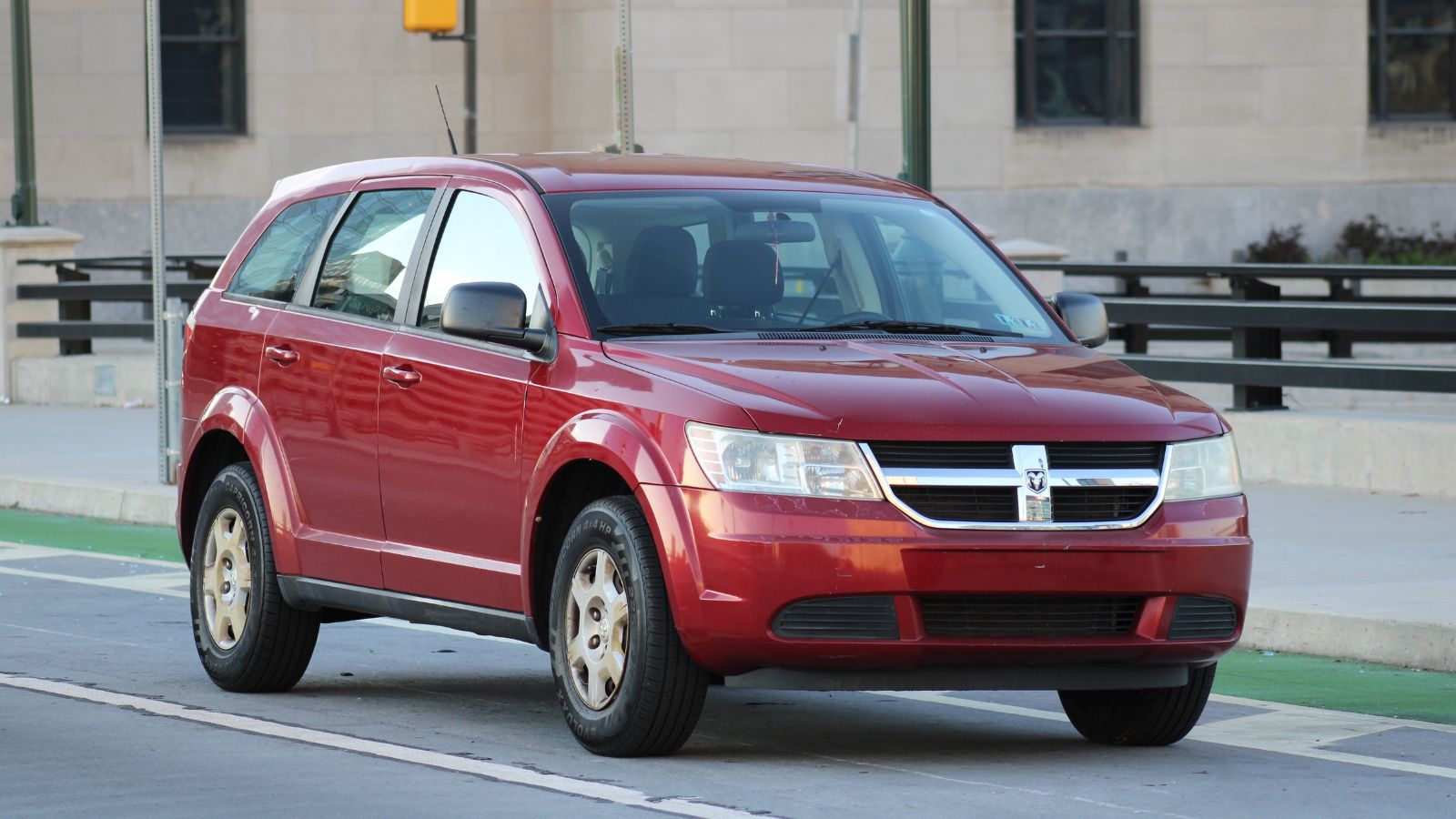
Discounted to move for years, the Dodge Journey lured many buyers with its low price tag and optional third-row seating. But once on the road, Canadian families discovered why it was priced so aggressively. The outdated platform, sluggish performance, and questionable reliability have earned it a reputation as a money pit. It performs poorly in winter, even with AWD, and frequent transmission and brake issues contribute to its long-term costs. As insurance rates climbed for this model and resale values dropped, the Journey turned from a budget family car into buyer’s remorse.
Kia Forte
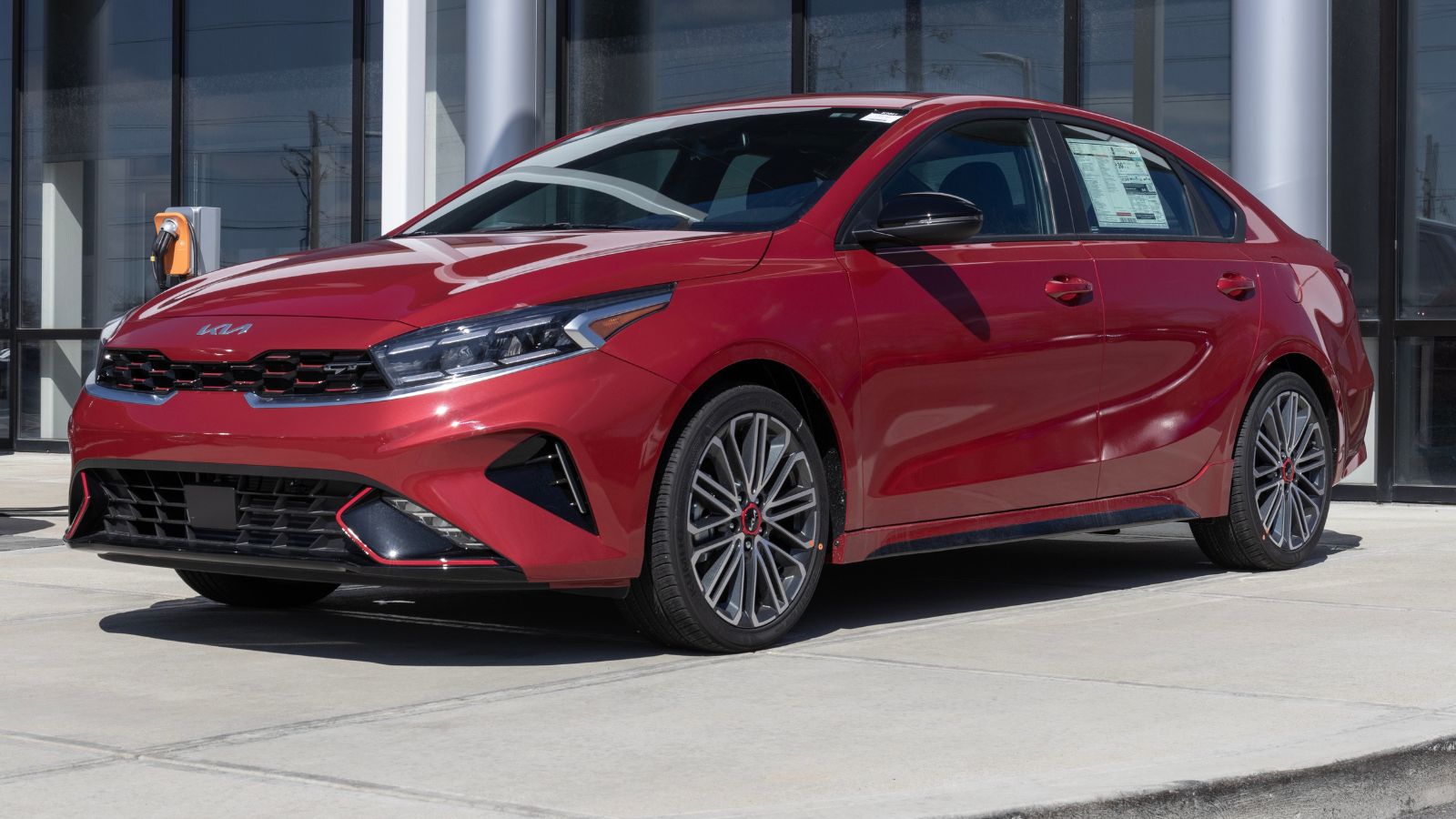
Stylish and affordable, the Kia Forte has long been a favorite among first-time buyers and students, but Canadian winters have exposed its flaws. While fuel-efficient and decently equipped, the Forte’s FWD-only setup makes for dicey traction in snow and slush. The low ground clearance often leaves drivers scraping through icy driveways, and while initial quality is decent, long-term durability has been questioned, particularly in regions prone to rust. Resale value isn’t keeping pace with rivals, and rising insurance premiums on compact sedans make the Forte less appealing than it once was.
Subaru Ascent
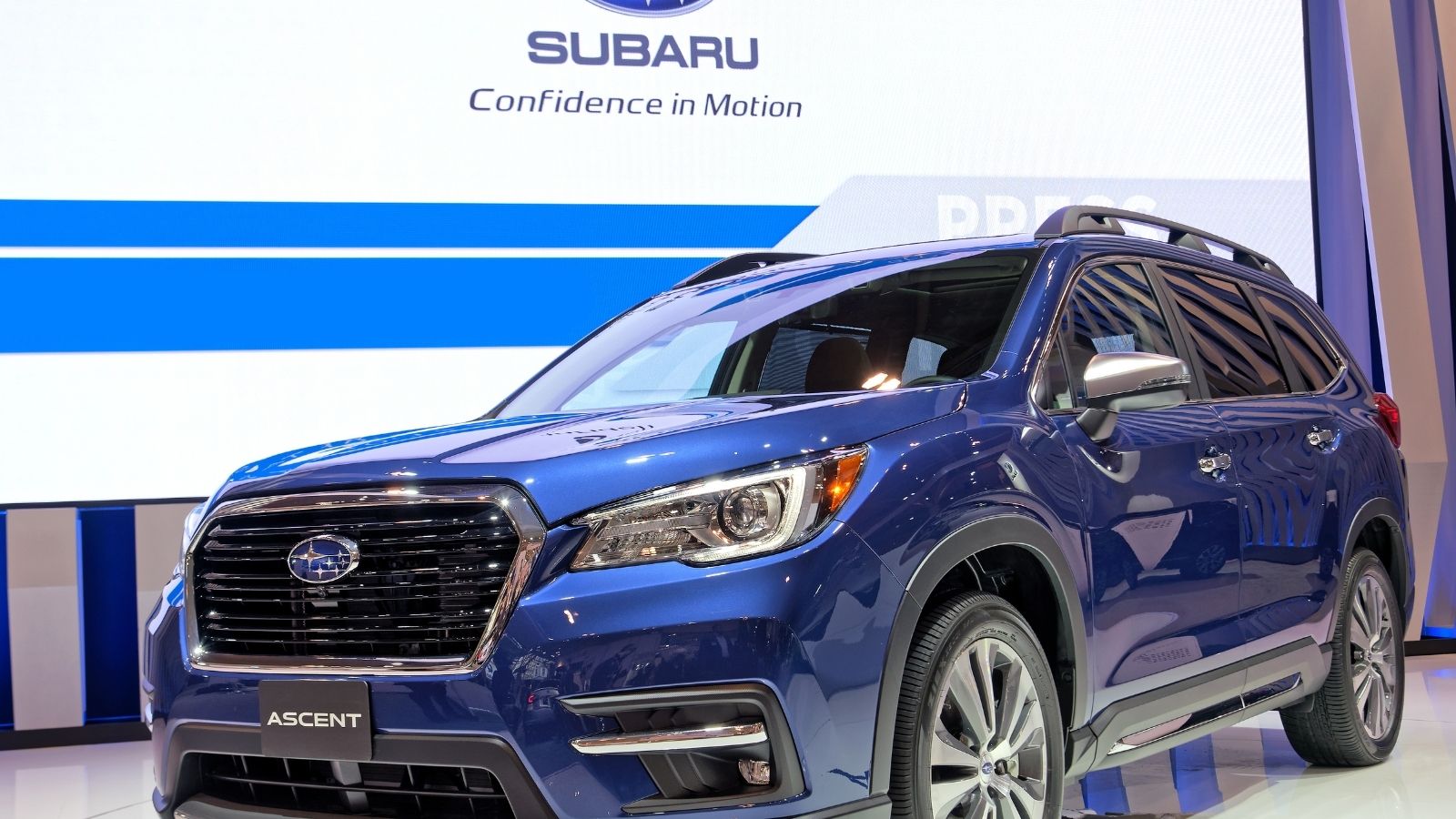
On paper, the Subaru Ascent had everything Canadians love, including standard AWD, family-ready space, and safety tech galore. However, many owners soon discovered recurring reliability concerns, particularly with the CVT transmission and turbocharged 2.4L engine. Multiple recalls and complaints about stalling, fluid leaks, and electrical glitches have dented consumer confidence. It is also thirstier on gas than expected, especially during harsh winters. Despite Subaru’s reputation, the Ascent has not lived up to expectations, and its resale value is suffering as word spreads about its shortcomings.
Volkswagen Jetta
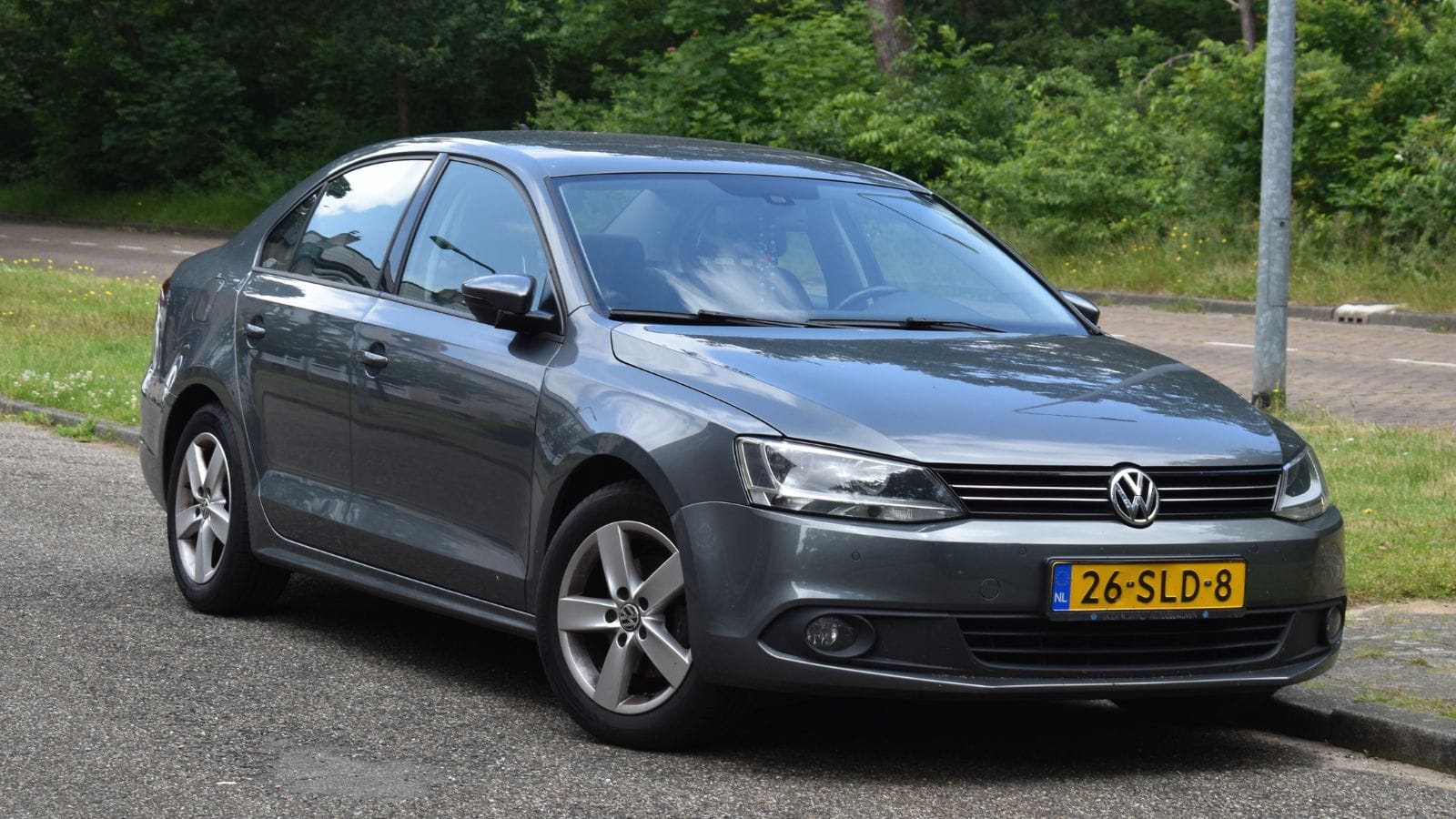
The Jetta has long been a go-to for budget-conscious Canadians seeking German engineering on a dime, but many have found that bargain comes with a cost. While the initial driving experience is smooth, long-term maintenance can be expensive, especially for turbocharged models. Cold starts in subzero temperatures have raised concerns, and electrical gremlins often appear with age. The Jetta’s depreciation rate is steeper than many expect, and insurance costs have increased due to a higher frequency of claims. It might seem like a sophisticated sedan at a sensible price, but many Canadians end up regretting the gamble.
Buick Encore
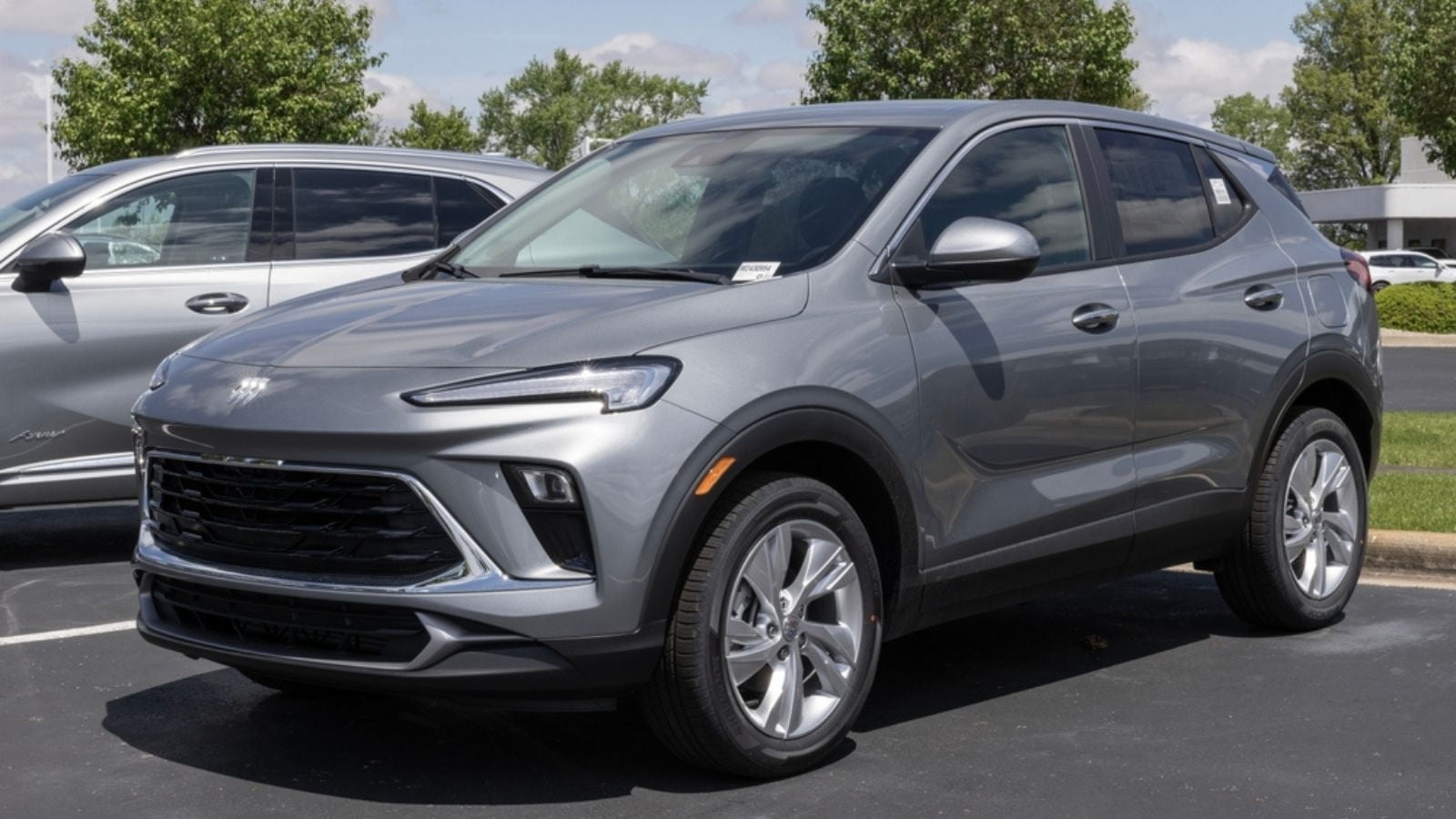
The Buick Encore’s upscale badge and compact SUV form appealed to many Canadians seeking a touch of luxury on a budget. But performance and practicality disappoint, as the 1.4L turbocharged engine feels underpowered, and despite offering AWD, the Encore struggles in deep snow and harsh conditions. Build quality is middling for the price, and interior space feels tight, even for a subcompact. Adding below-average resale and outdated infotainment, it becomes clear that the Encore’s value proposition fades quickly. It may look classy, but Canadian drivers are increasingly walking away unimpressed and often over budget on repairs.
Chrysler 300
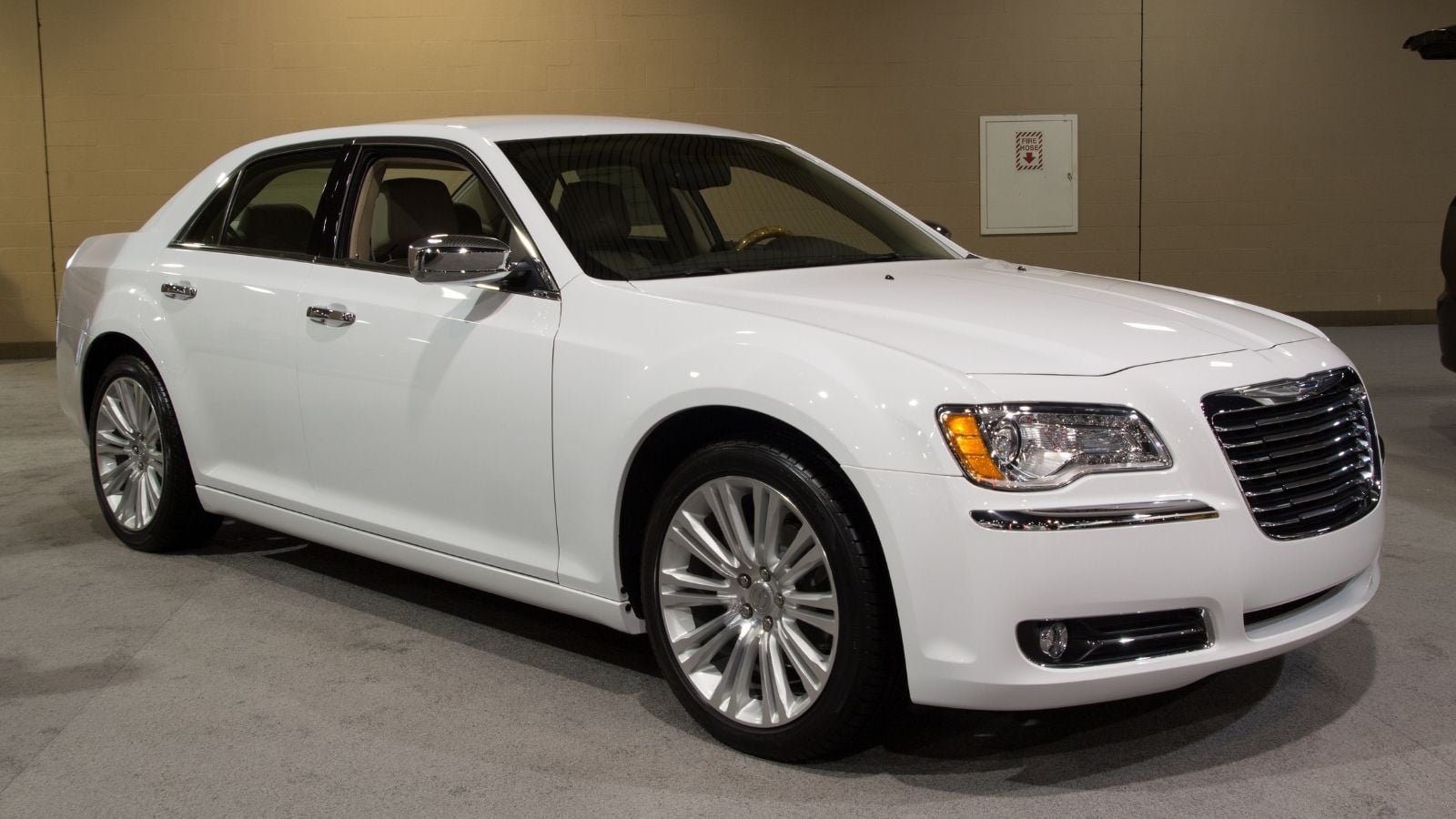
With aggressive dealership discounts, the Chrysler 300 has long lured buyers with its full-size body and upscale image. However, its aging platform, thirsty V6/V8 engines, and lack of AWD on base models have made it a poor performer in snowy Canadian cities. The rear-wheel-drive setup struggles in icy conditions, and interior tech has failed to keep pace with rivals. While it offers a smooth highway ride, urban drivability and long-term reliability are areas of concern. Many owners now find themselves saddled with high insurance costs, poor resale value, and a vehicle that feels stuck in another decade.
Toyota Yaris
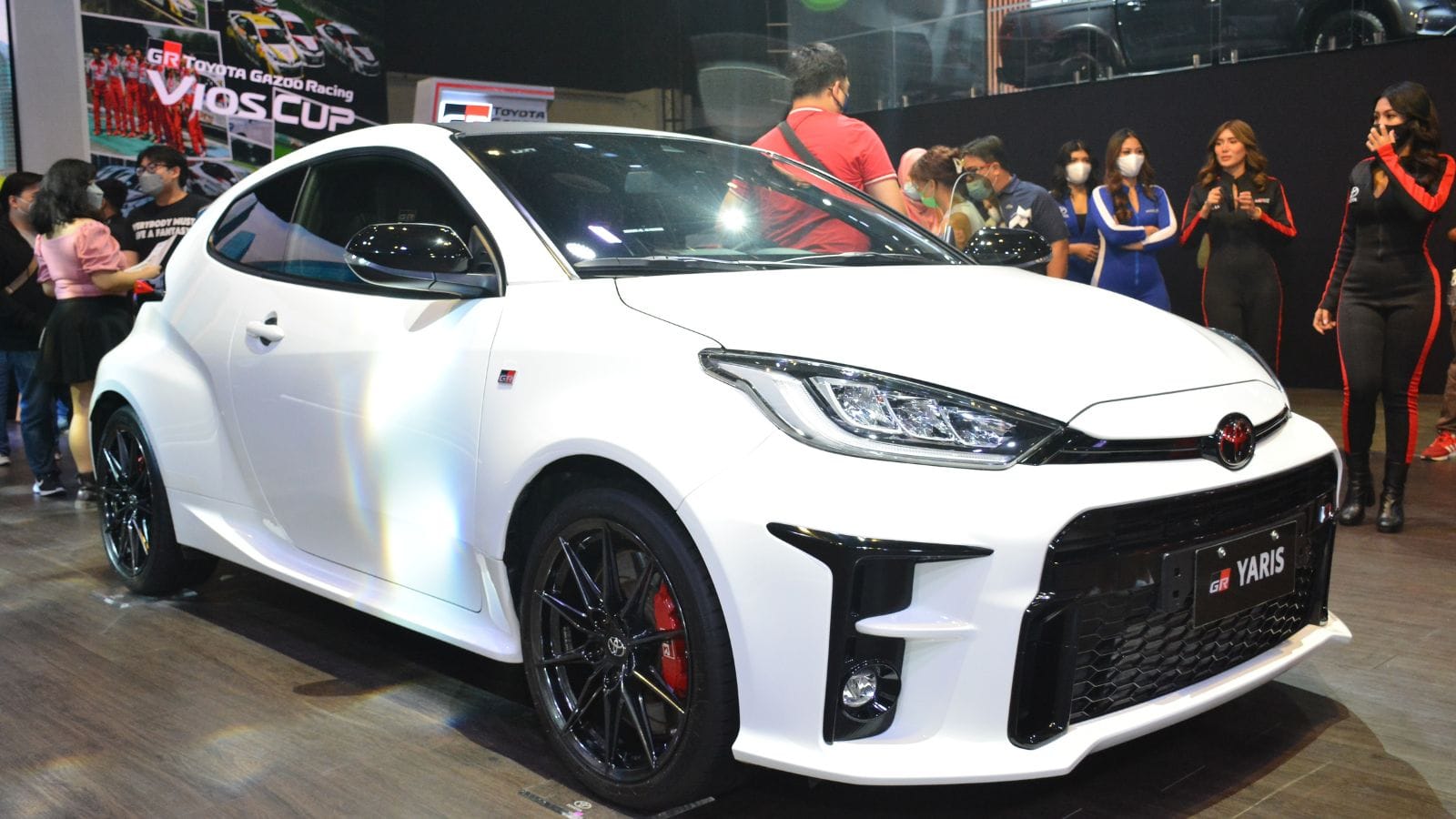
The Yaris’s rock-solid reputation for reliability made it seem like a foolproof buy, but the reality has not lived up to the brand’s gold standard. Its tiny engine offers sluggish performance, especially when climbing hills or merging onto highways. The Spartan interior and noisy cabin feel dated, and the car’s light frame doesn’t inspire confidence in high winds or heavy snow. While maintenance is relatively inexpensive, the Yaris depreciates quickly, especially after Toyota discontinued it in North America. Many Canadians have come to realize that a reliable badge does not guarantee a satisfying ownership experience, particularly in such a demanding climate.
Honda Insight
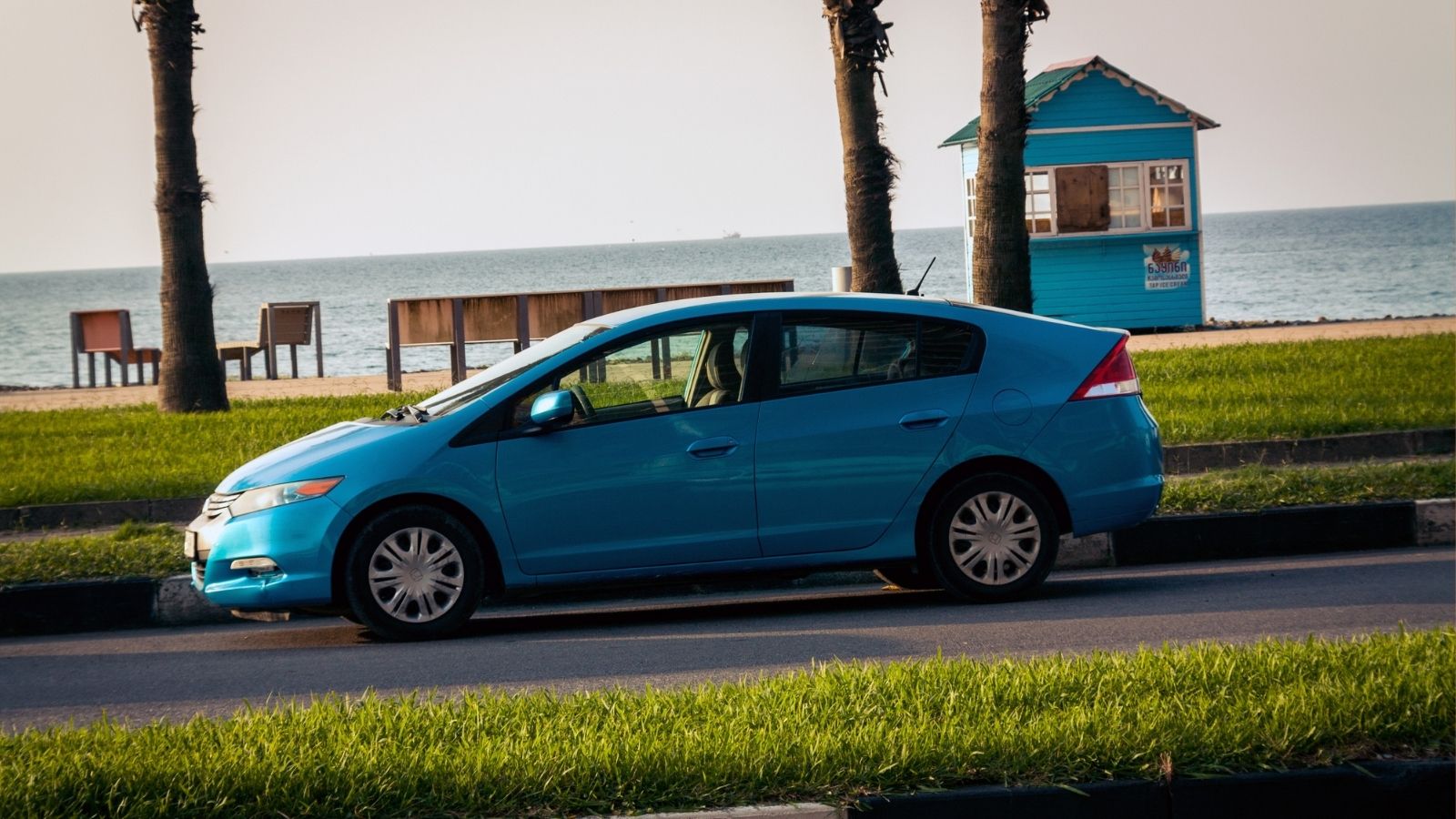
Honda’s hybrid sedan seemed like a smart, eco-conscious pick for Canadians wanting Prius-like efficiency in a less polarizing package. However, despite its good fuel economy, the Insight suffers from limited cargo space, poor winter performance, and a ride that can feel firm on rough pavement. Cold weather also significantly impacts the efficiency of hybrid batteries. With the Insight now discontinued in North America, parts availability is in question, and resale value is already dropping. For buyers seeking a long-term hybrid solution, this once-smart choice has begun to feel like an expensive vehicle with limited future support.
Chrysler Pacifica (Gas Model)
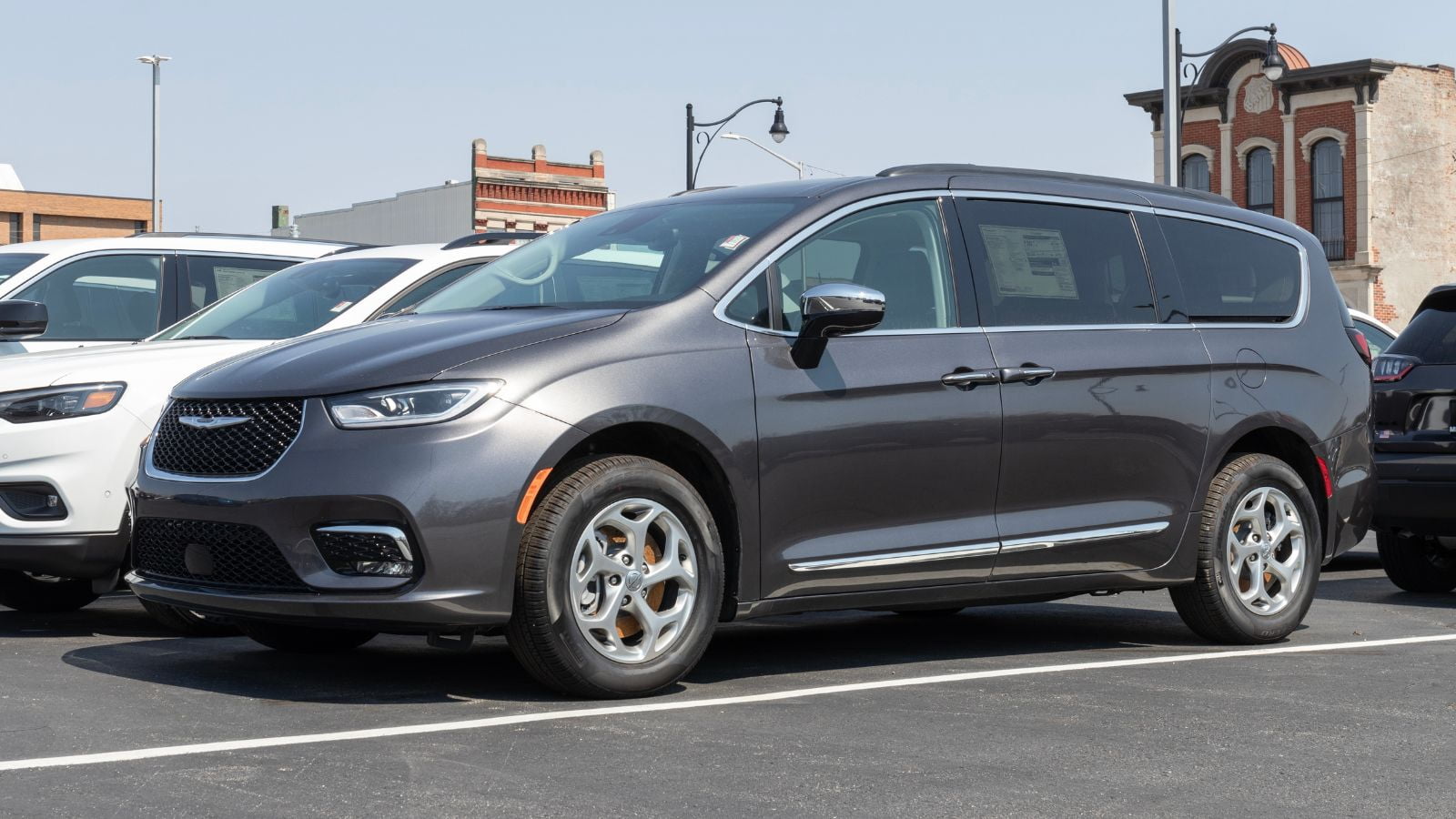
The Chrysler Pacifica impressed families with its roomy cabin, Stow ’n Go seating, and smooth ride, but gas-only versions of the minivan have left some Canadian owners with mechanical headaches. Transmission problems, electrical issues, and poor winter traction on non-AWD trims have soured the ownership experience. Repairs and service costs add up quickly once the warranty expires. While the plug-in hybrid model earns praise, the standard gas Pacifica now lags behind competitors, such as the Toyota Sienna, in long-term reliability.
Chevrolet Trailblazer
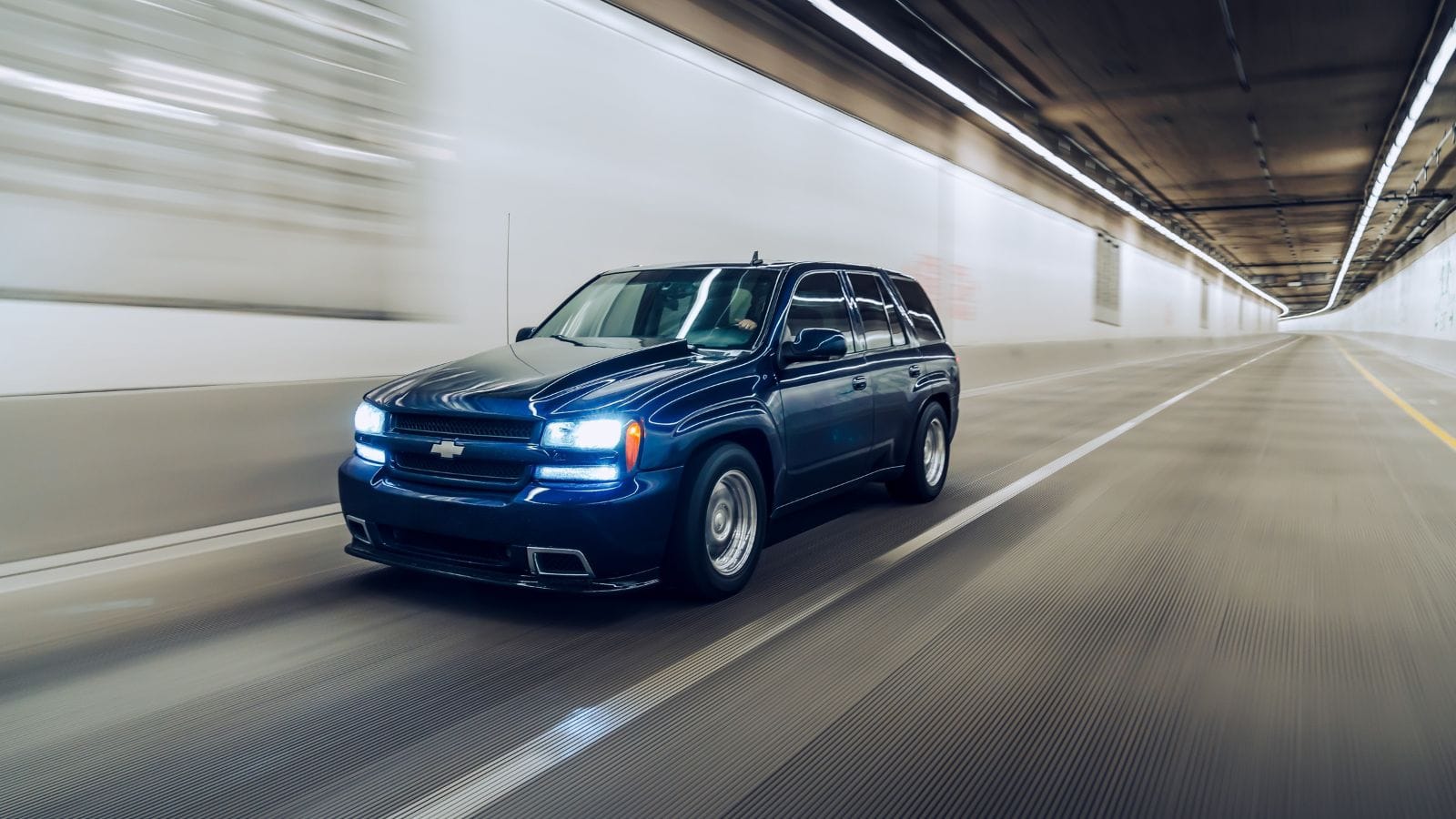
The new-generation Trailblazer garnered attention with its bold styling, low starting price, and decent standard features. But once in regular use, many Canadians have noted a lack of power from its small turbocharged engine, particularly in hilly or highway conditions. AWD is available, but the system is not the most responsive in snow conditions. Additionally, the interior space is tight for a crossover, offering limited rear-seat comfort. It resembles a mini SUV, but it drives more like a tall hatchback. As buyers seek more capability during the winter months, the Trailblazer often ends up on the trade-in lot sooner than expected.
Nissan Sentra
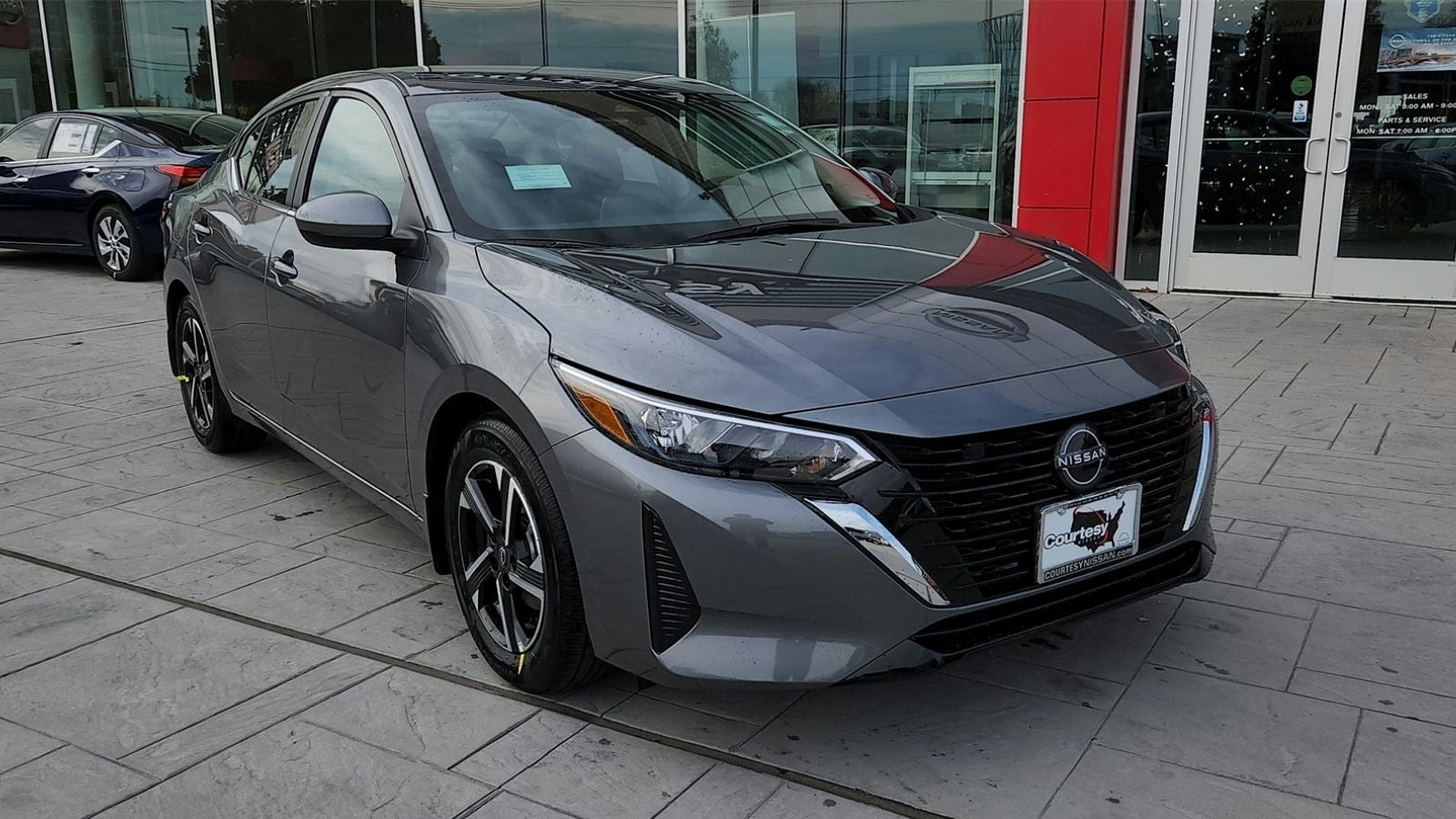
The Nissan Sentra was once a staple of affordable driving in Canada, offering generous cabin space and a smooth ride. But the latest models, despite refreshed styling, still suffer from CVT-related complaints, lackluster power, and inconsistent reliability. Many owners report premature wear on interior components, infotainment bugs, and higher-than-expected insurance premiums. Winter handling is not excellent, especially without the optional safety packages. Although often heavily discounted, depreciation takes a significant toll within the first few years, and resale values struggle to keep pace with rivals like the Honda Civic or Toyota Corolla.
Fiat 500L
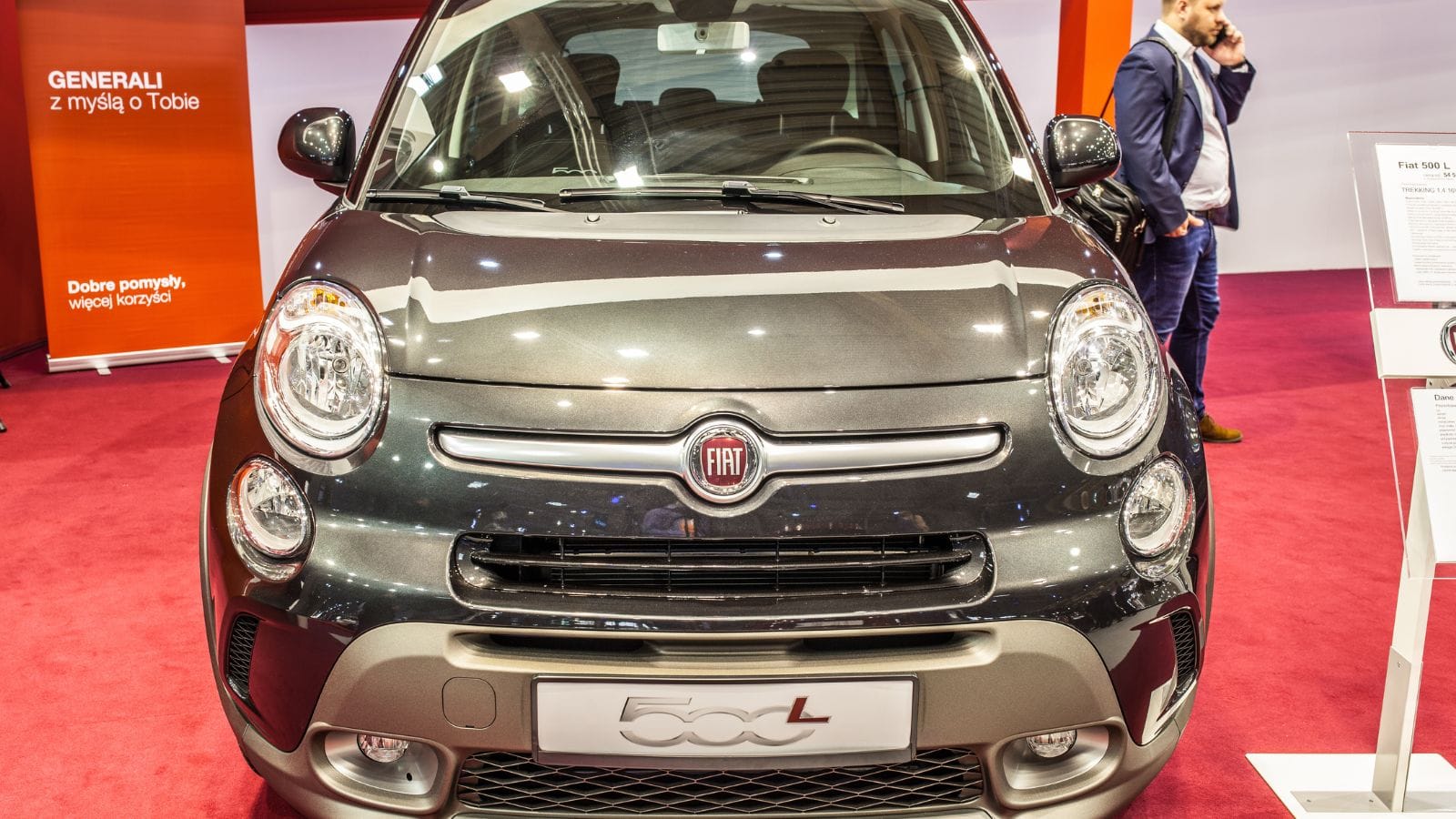
The Fiat 500L was marketed as a quirky, spacious alternative for urban Canadians wanting European charm without breaking the bank. But beneath the retro styling, it is plagued by poor reliability, awkward driving dynamics, and frustrating ergonomics. Owners often complain about a clunky automatic transmission, electrical glitches, and trim pieces that come loose far too soon. Despite ample headroom, rear visibility is terrible, and the tall profile makes it unstable in high winds. The 500L’s resale value has also collapsed, and finding parts or qualified service in Canada is increasingly complex.
Subaru Crosstrek (Pre-2024)
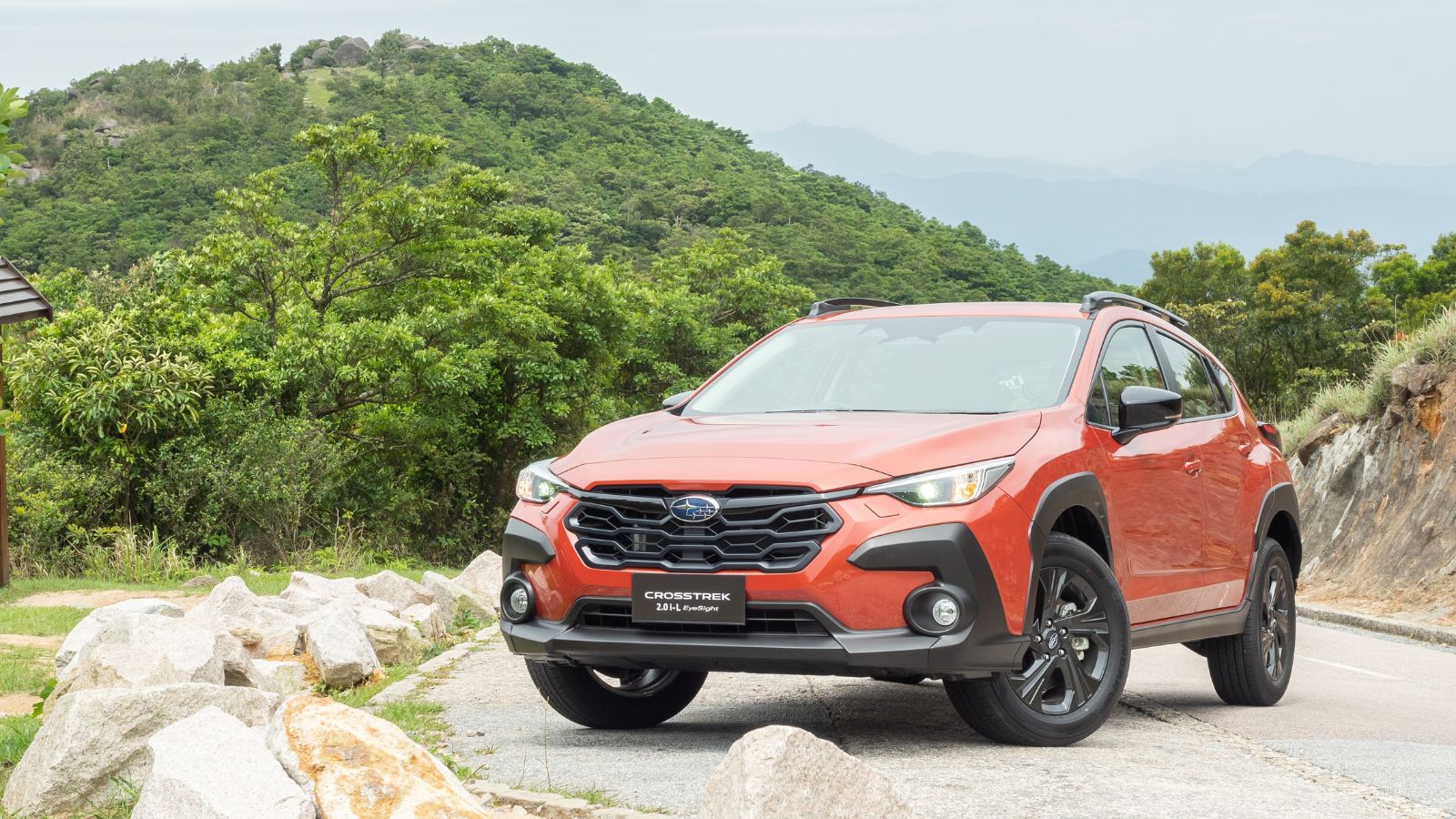
The Subaru Crosstrek has a strong Canadian following for its all-wheel drive and outdoorsy image, but earlier models have drawn complaints. Pre-2024 Crosstreks were underpowered, with a sluggish engine that made merging onto highways a chore. CVT tuning was unpredictable, and fuel economy did not deliver as advertised. Cabin noise levels were high, infotainment glitches were common, and while Subaru’s AWD is respected, many buyers have moved on to rivals offering more power and polish for similar money. Those who purchased used or early trims without being aware of the limitations now find the driving experience frustrating, especially for longer commutes.
Dodge Charger (V6 Models)
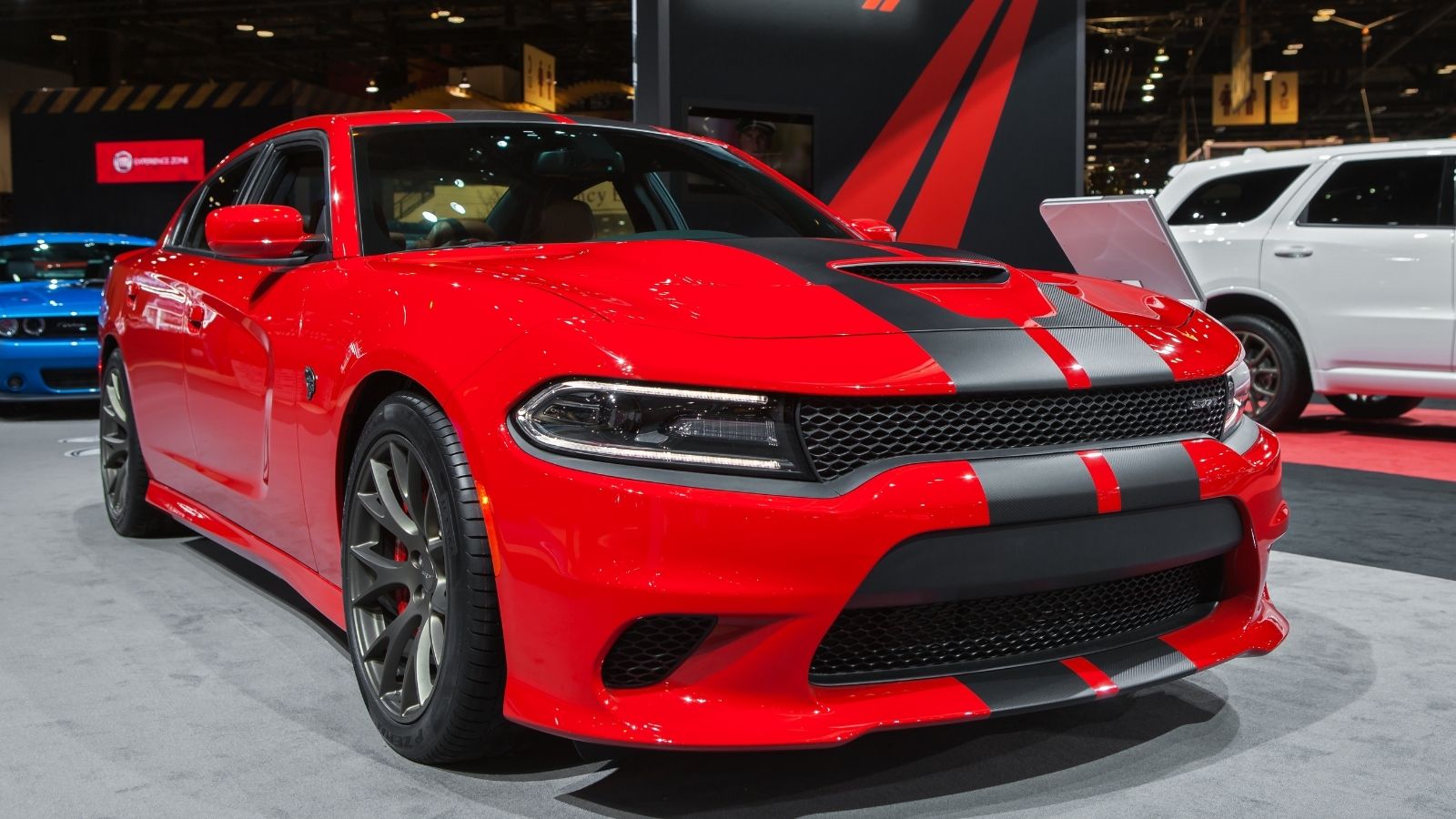
Dodge Charger V6 models lure buyers with muscle-car looks at a more reasonable price point, but many Canadians find that the base trims don’t live up to the visual hype. The V6 engine falls short of the performance thrill expected of a Charger, and the interior materials feel outdated compared to those of newer sedans. The fuel economy is poor, and insurance premiums are surprisingly high due to the car’s image, despite the lack of performance in non-Hellcat trims. Combine that with mediocre resale value and high maintenance costs, and what seemed like a bold, fun daily driver ends up being an expensive lesson in expectations.
Jeep Cherokee (Pre-2023)
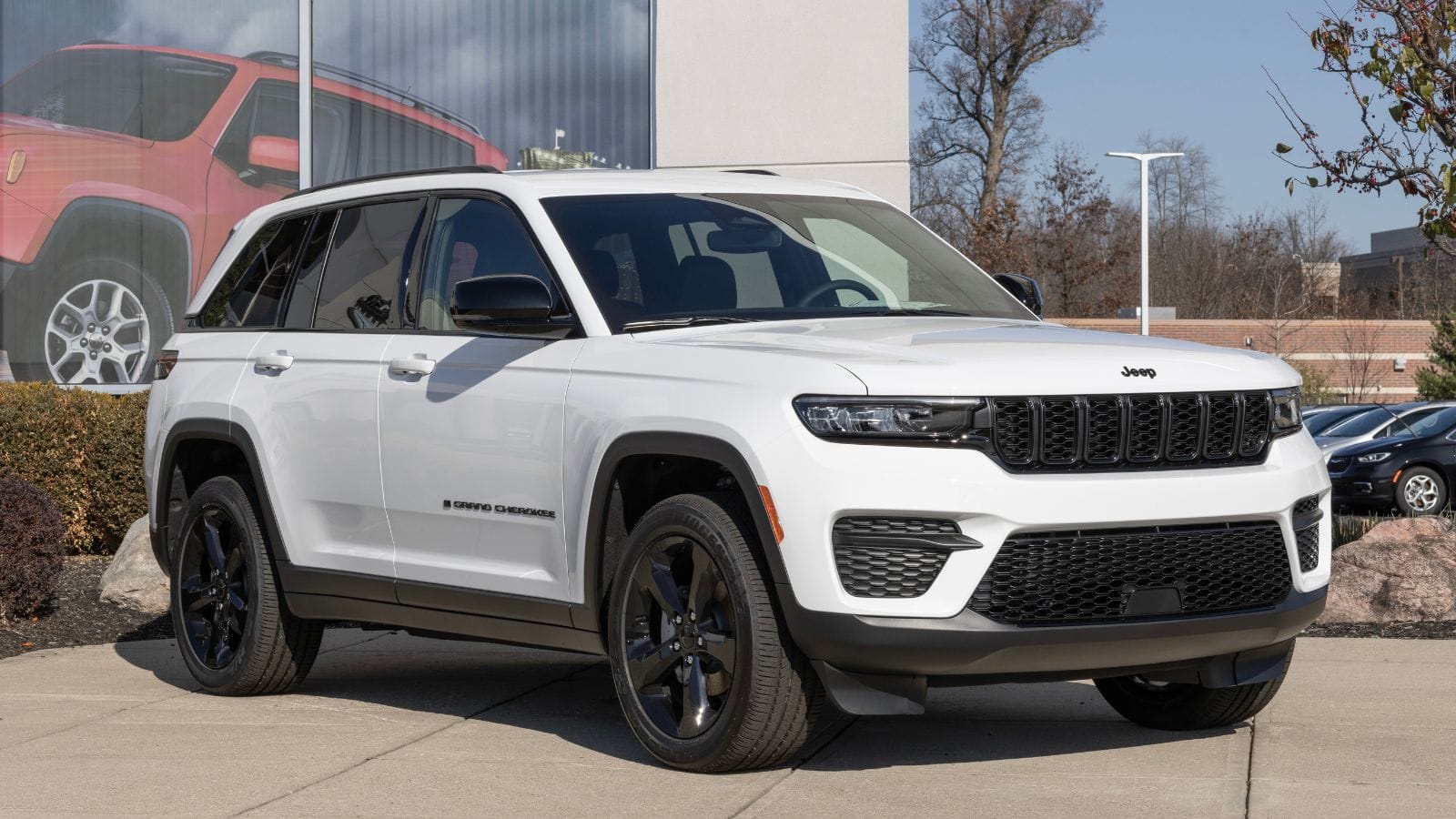
Older Jeep Cherokee models sold well in Canada due to aggressive incentives and rugged styling. However, buyers often encountered long-term headaches, as the 9-speed transmission is notorious for its jerky shifts, and models equipped with the 2.4L Tigershark engine frequently experienced issues with oil consumption. Fuel economy is subpar by modern SUV standards, and AWD reliability varies by trim level. With the FCA’s spotty service record and below-average resale values, many owners have become frustrated after their warranty coverage ends. While it initially appeared to be an affordable way into an off-road-capable SUV, the Cherokee has proven costly in the long run, both financially and in terms of driving satisfaction.
Nissan Altima (AWD)
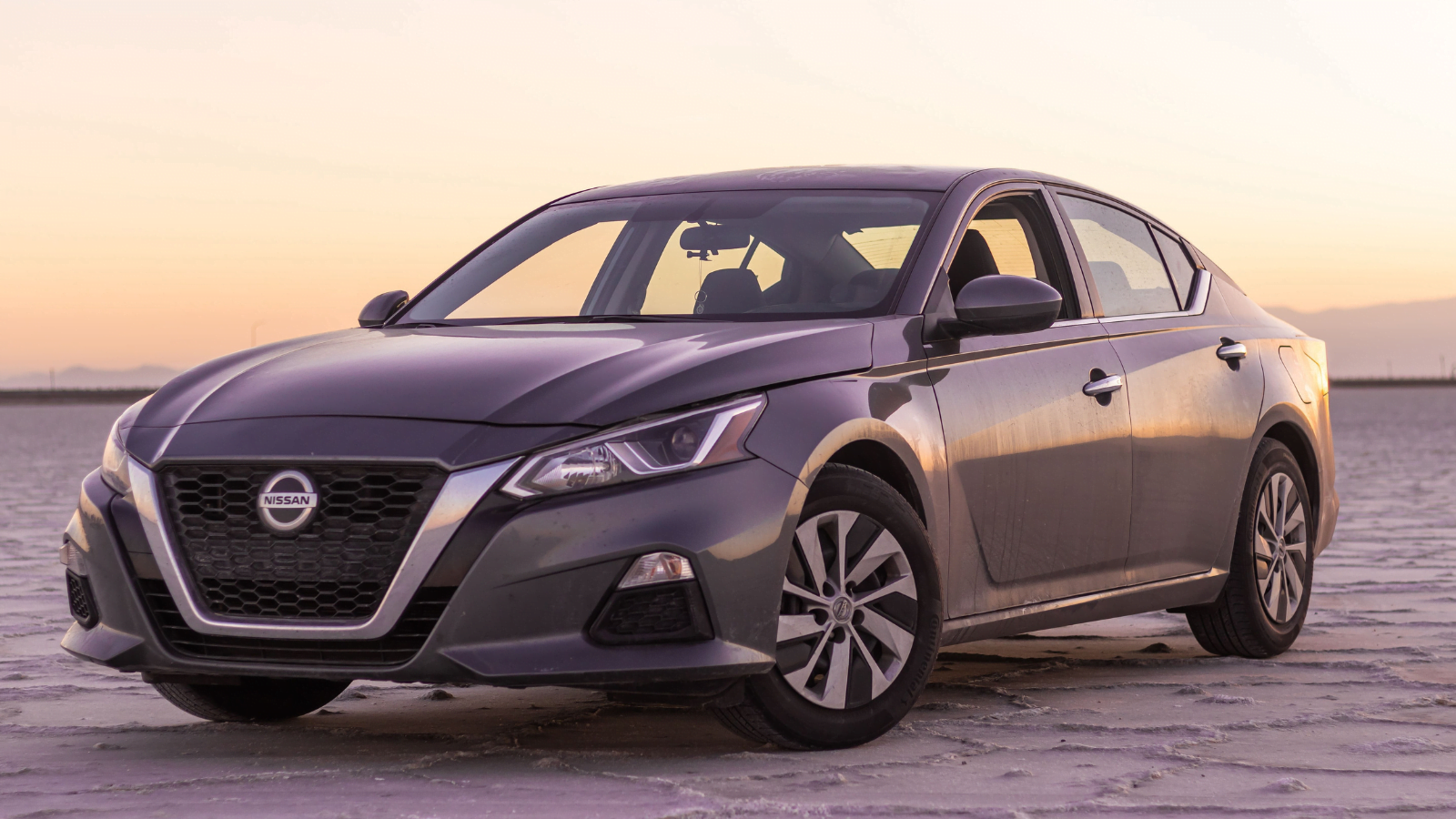
Nissan made headlines by adding AWD to the Altima, appealing to Canadians who need winter-ready sedans. But the reality has not lived up to the promise. The CVT transmission has been a point of failure in many models, and road noise and interior quality trail those of its rivals. Steering feels vague, visibility is limited due to the sleek design, and while the AWD system works, it does not compensate for the lack of engagement and refinement in daily driving. Add in weak resale performance and higher repair costs, and many Canadians find themselves wishing they had gone for a Subaru or Mazda instead.
Hyundai Kona Electric (Base Model)
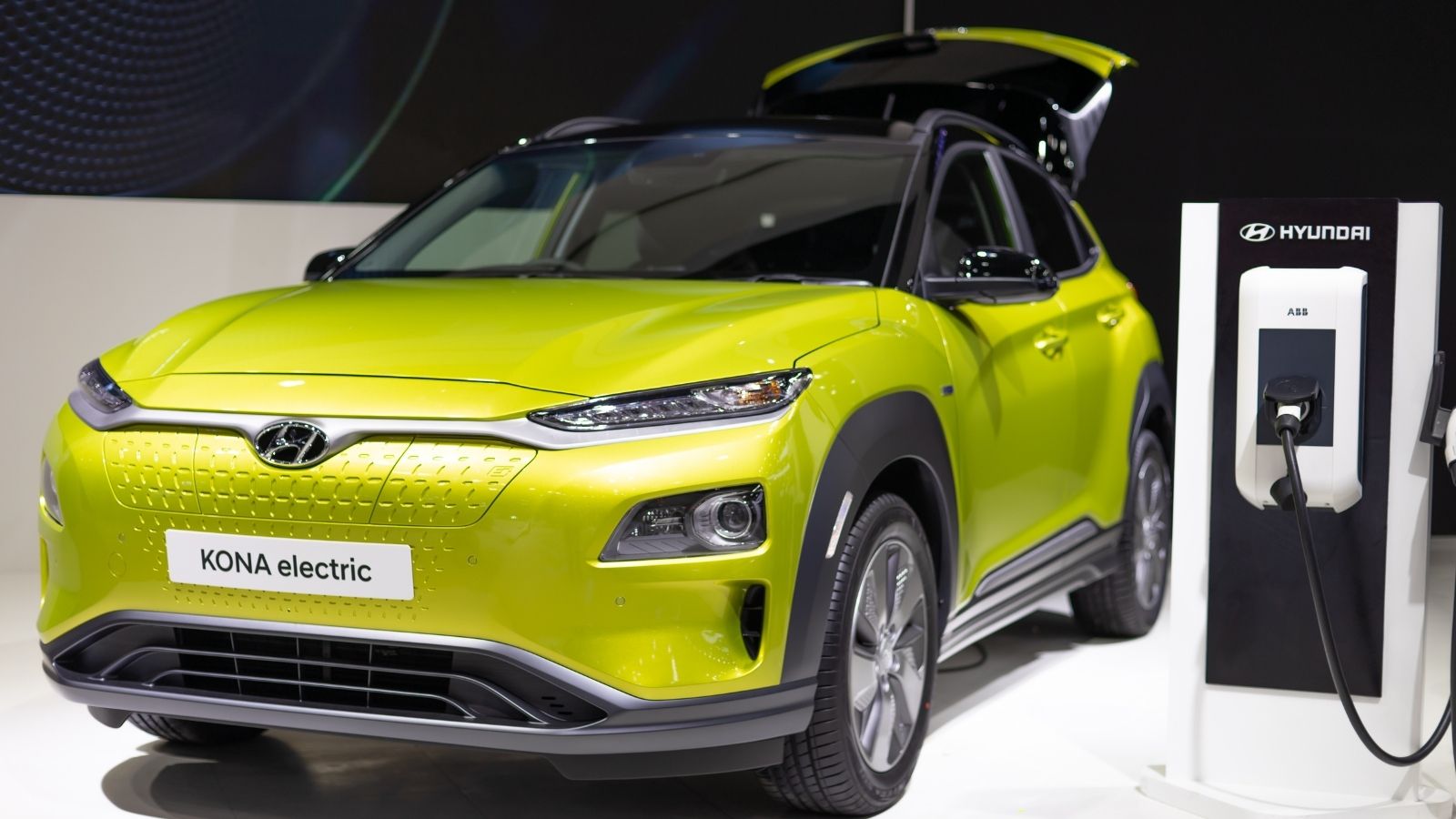
At first glance, the Hyundai Kona Electric offered Canadians an affordable, well-equipped EV with strong range and tax incentives. However, as ownership settled in, frustrations began to emerge. Charging infrastructure in many parts of Canada remains inconsistent, and range can drop dramatically in cold weather. The base model lacks heated rear seats, and the regenerative braking system feels jerky for new EV drivers. Additionally, Hyundai’s service network for EVs is still in development, and parts wait times can be lengthy. As incentives shrink and insurance premiums rise for EVs, many buyers have come to feel the entry-level Kona Electric was a premature jump into electrification.
25 Facts About Car Loans That Most Drivers Don’t Realize

Car loans are one of the most common ways people fund car purchases. Like any other kind of loan, car loans can have certain features that can be regarded as an advantage or a disadvantage to the borrower. Understanding all essential facts about car loans and how they work to ensure that you get the best deal for your financial situation is essential. Here are 25 shocking facts about car loans that most drivers don’t realize:
25 Facts About Car Loans That Most Drivers Don’t Realize
